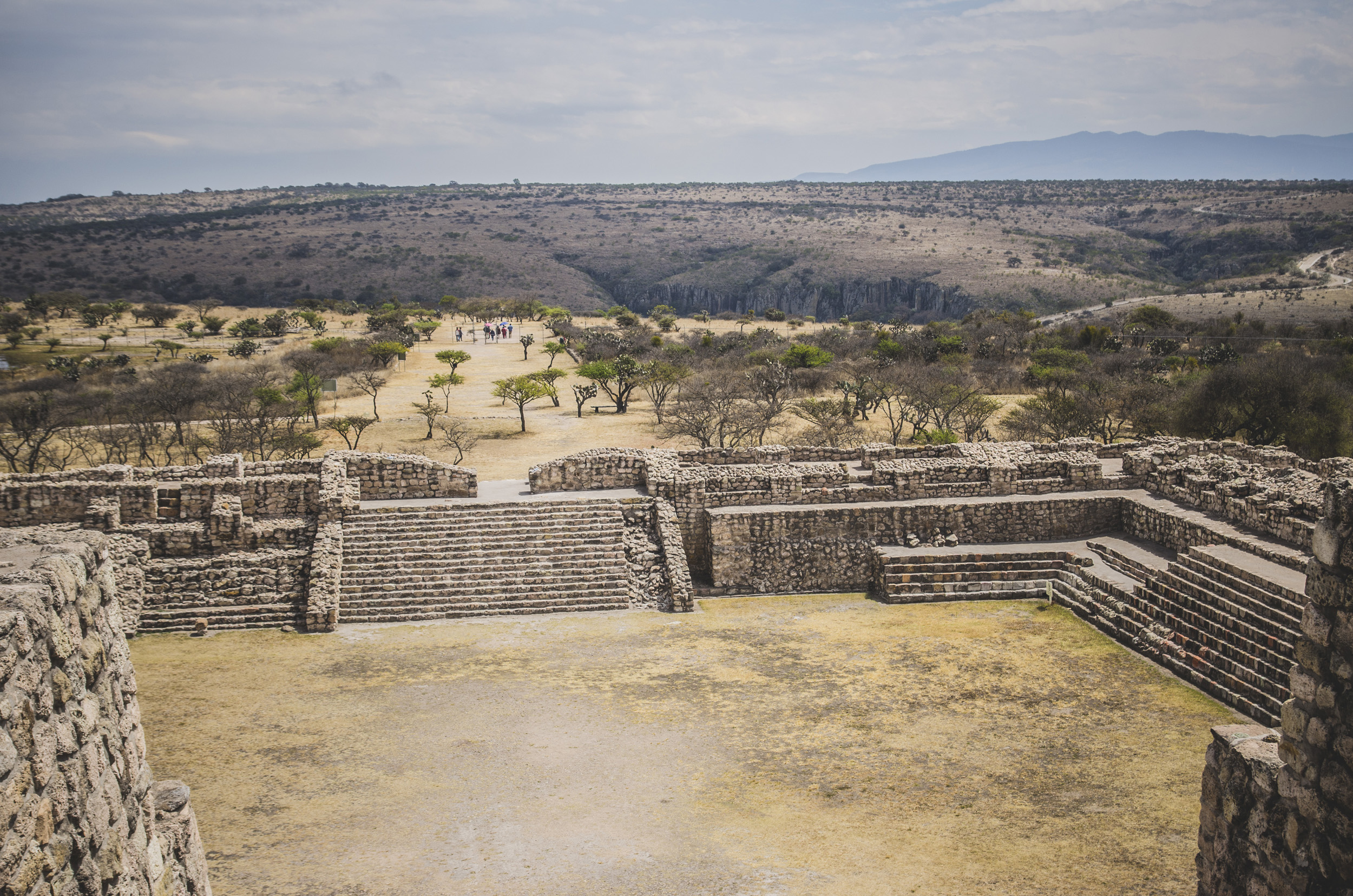In this article, you will learn about Mexico’s historic mining towns and the fascinating journey that awaits you as you delve into the past. These towns offer a glimpse into the rich history of Mexico’s mining industry and provide an opportunity to discover the stories and traditions of the people who once lived and worked there.
As you explore these historic mining towns, you will be captivated by the charming architecture and picturesque landscapes that have been preserved over the years. From the colonial-era buildings to the remnants of the old mines, each town has its own unique charm and secrets waiting to be unveiled. You will have the chance to visit museums, galleries, and heritage sites that offer a wealth of knowledge about the mines and the role they played in shaping Mexico’s history. So, pack your bags and embark on a journey into the past as you uncover the hidden treasures of Mexico’s historic mining towns.
1. Introduction to Mexico’s Historic Mining Towns
Mexico’s rich history is deeply intertwined with its mining heritage. The country’s abundance of mineral resources has played a crucial role in shaping its economy and culture. Throughout the centuries, Mexico’s mining towns have served as the backbone of the nation, contributing to its growth and development. Today, these towns stand as a testament to their historic significance, offering visitors a unique opportunity to delve into the past and experience the rich tapestry of Mexico’s mining heritage.
1.1 Importance of mining in Mexican history
Mining has been an integral part of Mexican history since pre-colonial times. Ancient civilizations such as the Aztecs and Mayas were already mining precious metals like gold and silver, using them for both practical and ceremonial purposes. With the arrival of the Spanish conquistadors in the 16th century, mining in Mexico entered a new era. The Spanish were quick to exploit the country’s vast resources, particularly silver deposits, which made Mexico the largest silver producer in the world for centuries.
1.2 Role of mining towns in shaping the nation
The mining towns that sprung up across Mexico played a pivotal role in the country’s development. These towns became centers of economic activity, attracting settlers from all over the world in search of fortune. As mining operations grew, so did the infrastructure and urban planning of these towns. They became melting pots of cultural and architectural influences, contributing to the unique identity of each region.
1.3 Significance of preserving and exploring these towns
Preserving and exploring Mexico’s historic mining towns is essential for understanding the country’s rich heritage. These towns offer a glimpse into the past, providing valuable insights into the lives of those who lived and worked in the mining industry. By exploring these towns, visitors can gain a deeper appreciation for the challenges faced by miners and the impact of mining on the economic and social fabric of Mexico.
2. Potosi: The Silver Heart of Mexico
2.1 Overview of Potosi’s history
Located in the state of San Luis Potosi, Potosi is one of Mexico’s most significant mining towns. Named after the famous Cerro de San Pedro silver mine, Potosi boasts a history dating back to the Spanish colonial period. The town’s proximity to rich silver veins attracted settlers from Spain, resulting in the establishment of successful mining operations that fueled the Spanish empire.
2.2 Influence of silver mining on Potosi’s development
The abundance of silver in Potosi transformed the town into a prosperous hub. The silver extracted from the mines funded the construction of magnificent colonial architecture, such as the iconic Templo del Sagrado Corazon de Jesus. The wealth generated by silver mining also enabled the development of vibrant cultural traditions that are still celebrated today.
2.3 Architectural gems and cultural heritage in Potosi
Potosi is home to a plethora of architectural gems that showcase the town’s rich history. The historic center is a UNESCO World Heritage site, with its well-preserved colonial buildings and grand plazas. Exploring Potosi’s streets is like stepping back in time, as you wander past ornate facades and intricately carved stone structures. The town also hosts various cultural events, such as the Festival Internacional de la Cantera, which celebrates Potosi’s stone carving traditions.
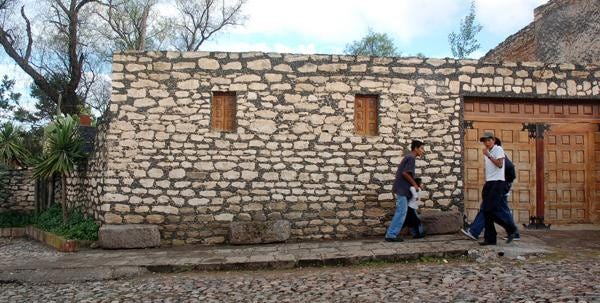
3. Guanajuato: The Golden City
3.1 History of gold mining in Guanajuato
Guanajuato, located in central Mexico, has a long history of gold mining that dates back to the 16th century. The discovery of rich gold veins in the region attracted miners from all over the world, leading to the establishment of numerous mining towns and camps. The wealth generated by gold mining transformed Guanajuato into a prominent city and fueled the growth of the surrounding region.
3.2 Economic and cultural impact of gold mining
The economic impact of gold mining in Guanajuato cannot be overstated. The wealth generated by the mines funded the development of the city’s infrastructure, including grand theaters, elegant colonial mansions, and ornate churches. The cultural impact of gold mining is equally significant, as it attracted artists and intellectuals who enriched the city’s cultural scene.
3.3 Exploring Guanajuato’s historic sites and attractions
Guanajuato offers a wealth of historic sites and attractions for visitors to explore. The iconic Callejon del Beso, or Alley of the Kiss, is a narrow alleyway renowned for its romantic story and picturesque setting. The city also boasts impressive architectural landmarks, such as the Basilica Colegiata de Nuestra Senora de Guanajuato and the Teatro Juarez. The annual Cervantino Festival, one of Mexico’s most important cultural events, showcases the city’s vibrant arts scene.
4. Real del Monte: The Birthplace of Modern Mining
4.1 Origins and development of Real del Monte
Real del Monte, located in the state of Hidalgo, holds the distinction of being the birthplace of modern mining in Mexico. The town’s mining history dates back to the 16th century when the Spanish established mining operations to extract silver and other minerals. Real del Monte’s mining techniques and technologies became models for mines throughout the country, earning the town a reputation for innovation.
4.2 Technological advancements in mining
Real del Monte played a pivotal role in the advancement of mining technology in Mexico. The town was the first to introduce the use of steam engines and steam-powered machinery, revolutionizing the extraction process. These technological advancements not only increased efficiency but also improved the safety and well-being of miners.
4.3 Unique cultural fusion in Real del Monte
Real del Monte is known for its unique cultural fusion, resulting from the convergence of European and Mexican influences. The town’s architecture reflects this blend, with charming colonial buildings adorned with European design elements. Real del Monte is also famous for its culinary traditions, most notably the English-inspired meat pasties known as “paste.” Exploring the town’s narrow streets and sampling its culinary delights offers a truly immersive cultural experience.
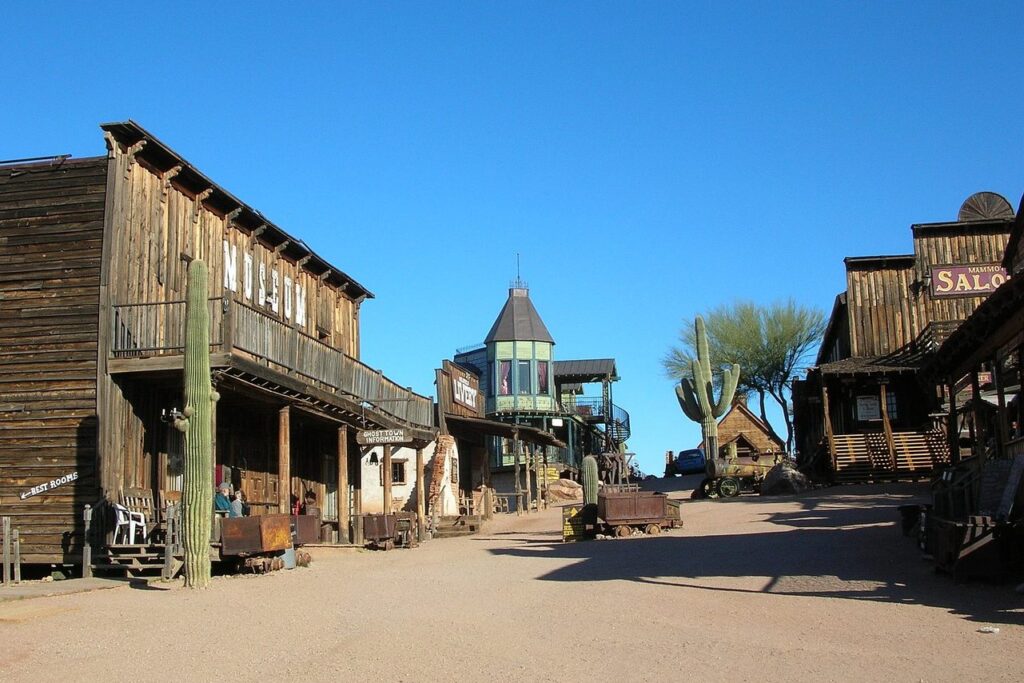
5. Taxco: The Silver Splendor
5.1 Silver mining legacy of Taxco
Situated in the state of Guerrero, Taxco is renowned for its rich silver mining legacy. The town’s history as a center for silver production dates back to pre-Hispanic times, with indigenous communities already extracting silver from local mines. The arrival of the Spanish colonizers further intensified silver mining in Taxco, making it a significant player in Mexico’s silver industry.
5.2 Taxco’s renowned silver craftsmanship
Taxco’s silver craftsmanship is widely recognized both in Mexico and internationally. The town is filled with silversmith workshops and stores, where artisans create intricate jewelry and decorative objects. Taxco’s silver products are known for their exceptional quality and craftsmanship, attracting jewelry enthusiasts from around the world.
5.3 Exploring Taxco’s colonial architecture and art
Beyond its silver legacy, Taxco is also known for its stunning colonial architecture. The Santa Prisca Church, with its ornate baroque facade, is a prime example of Taxco’s architectural splendor. The town is also a hub for art, with numerous galleries showcasing the works of local and international artists. A stroll through Taxco’s charming streets reveals a treasure trove of artistic expression.
6. Zacatecas: The Rich Veins
6.1 Key historical moments in Zacatecas’ mining history
Zacatecas, located in north-central Mexico, has a long and storied mining history. The discovery of rich silver veins in the 16th century sparked a silver rush, attracting Spanish settlers and other adventurers. The wealth generated by silver mining in Zacatecas made it one of the most prosperous cities in Mexico during the colonial period.
6.2 Impact of mining on Zacatecas’ economy
Mining has had a profound impact on Zacatecas’ economy throughout history. The wealth generated by silver mining funded the construction of magnificent buildings, such as the Cathedral of Zacatecas and the Palacio de Gobierno. These architectural marvels stand as a testament to the city’s glorious past and attract tourists from all over the world.
6.3 Exploring Zacatecas’ underground mines and museums
A visit to Zacatecas would not be complete without exploring its underground mines. The Mina El Eden offers guided tours that take visitors deep into the mines, providing a glimpse into the harsh conditions faced by miners. The town also boasts a wealth of museums, such as the Museo Rafael Coronel, which houses a vast collection of Mexican folk art. These museums offer a comprehensive understanding of Zacatecas’ mining heritage and cultural traditions.
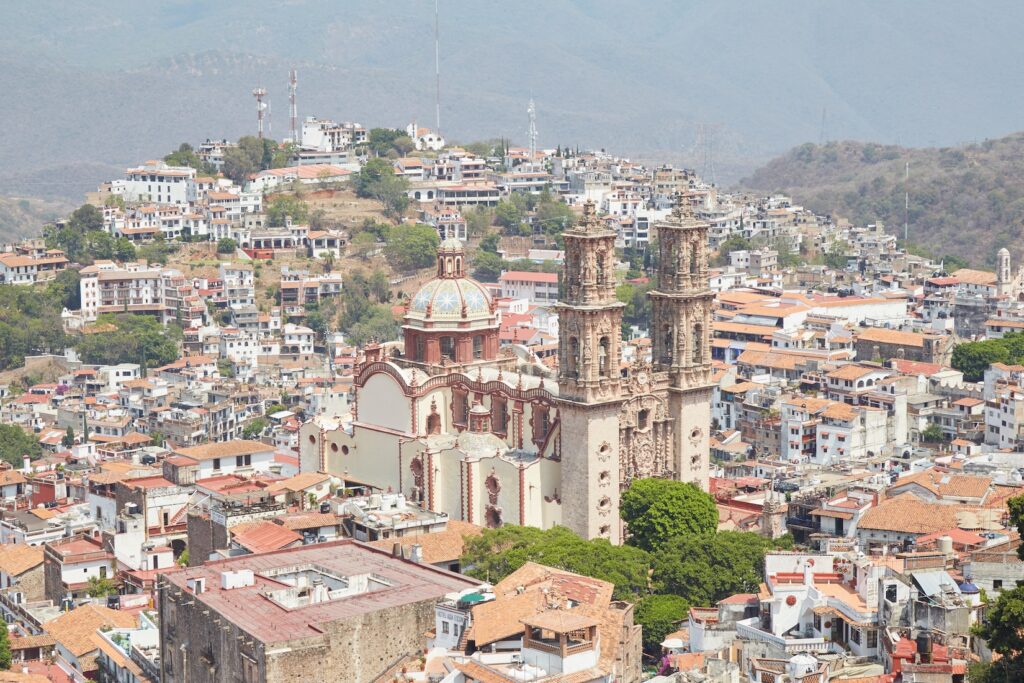
7. Mineral de Pozos: The Ghost Town
7.1 Abandoned mines and the decline of Mineral de Pozos
Nestled in the state of Guanajuato, Mineral de Pozos was once a thriving mining town. The discovery of rich silver and gold deposits in the 19th century led to a boom, attracting miners from all over Mexico and abroad. However, as the mines became depleted and mining operations ceased, the town’s population dwindled, eventually becoming a ghost town.
7.2 Efforts to preserve the town’s heritage
In recent years, there has been a renewed interest in preserving Mineral de Pozos’ heritage. The town’s unique atmosphere and well-preserved buildings have attracted artists and entrepreneurs, who have transformed abandoned structures into art galleries, boutique hotels, and cultural spaces. Efforts are being made to restore the town to its former glory, while maintaining its eerie charm.
7.3 Experiencing the eerie atmosphere of Mineral de Pozos
Visiting Mineral de Pozos is like stepping into a time capsule. The town’s abandoned buildings and dilapidated mines create an eerie and haunting atmosphere. Exploring the town’s streets and ruins offers a unique opportunity to experience the captivating contrast between the town’s past prosperity and its current state of decay.
8. Batopilas: The Hidden Gem
8.1 Rich mining history of Batopilas
Nestled in the heart of the Copper Canyon region in the state of Chihuahua, Batopilas holds a rich mining history. The town’s silver mining boom in the 18th century transformed it into a thriving center of commerce. Batopilas’ wealth can still be seen today in its well-preserved colonial architecture and ornate mansions.
8.2 Remote and secluded location
Due to its remote location, Batopilas remained relatively isolated from the rest of Mexico for centuries. This isolation allowed the town to retain its authentic character and preserved its unique heritage. Today, Batopilas remains a hidden gem, off the beaten path for most travelers.
8.3 Discovering Batopilas’ natural beauty and historic sites
Batopilas is not only a town of historical significance but also offers breathtaking natural beauty. Surrounded by towering cliffs and lush vegetation, the town is an excellent base for exploring the stunning Copper Canyon region. The town’s historic sites, such as the Casa Barffuson and the Satevo Mission, provide a fascinating glimpse into Batopilas’ past.
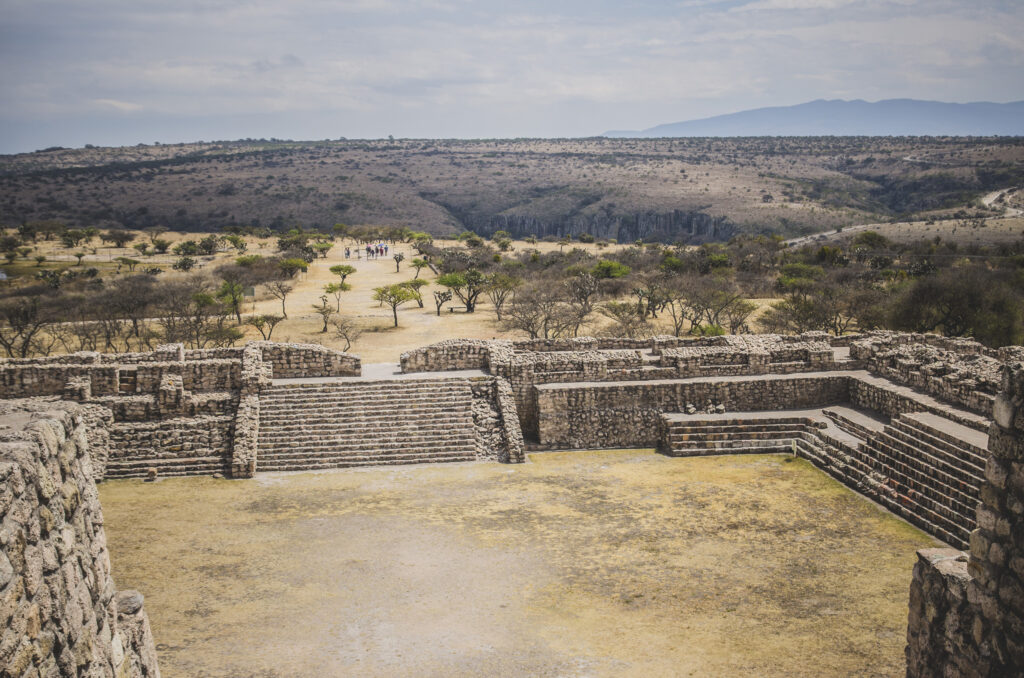
9. Real de Catorce: The Mystical Town
9.1 Legends and folklore surrounding Real de Catorce
Real de Catorce, located in the state of San Luis Potosi, is steeped in legends and folklore. Known as the “Mystical Town,” Real de Catorce has long been associated with mystical and spiritual experiences. Folklore tells tales of indigenous shamans, indigenous ceremonies, and supernatural beings, adding to the town’s allure.
9.2 Silver mining boom and decline
Real de Catorce experienced a silver mining boom in the 18th and 19th centuries, attracting thousands of miners and fortune-seekers. However, as the mines became depleted, the town’s population declined, eventually fading into obscurity. Real de Catorce’s decline turned into an unexpected blessing, as it helped preserve the town’s historic charm and spirituality.
9.3 Spiritual experiences and cultural immersion in Real de Catorce
Real de Catorce offers a unique spiritual and cultural experience for visitors. The Huichol people, an indigenous group known for their spiritual practices and art, consider Real de Catorce a sacred site. Visitors can participate in sacred ceremonies and explore ancient Huichol pilgrimage sites. The town’s narrow cobblestone streets and colonial architecture add to its mystical charm.
10. El Oro: The Golden Legacy
10.1 Gold and silver mining in El Oro
El Oro, located in the state of Mexico, holds a rich legacy of both gold and silver mining. The discovery of gold and silver veins in the late 19th century led to a mining boom, attracting a diverse range of miners from Mexico and abroad. El Oro’s mining operations became some of the most productive in Mexico, contributing to the country’s growing wealth.
10.2 Transition from mining town to tourist destination
As mining operations in El Oro declined, the town underwent a transition from a mining economy to a tourist destination. Its well-preserved historic buildings and natural surroundings attracted visitors seeking a glimpse into Mexico’s mining past. El Oro’s charming streets and lively plazas are now filled with boutique shops, cozy cafes, and galleries showcasing the town’s artistic heritage.
10.3 Exploring El Oro’s historical landmarks and natural surroundings
Exploring El Oro reveals a treasure trove of historical landmarks and natural beauty. The town is home to impressive architectural gems, such as the El Oro Theater, the Municipal Palace, and the Parish of San Felipe de Jesus. El Oro’s natural surroundings offer ample opportunities for outdoor enthusiasts, with hiking trails leading to scenic viewpoints and waterfalls.
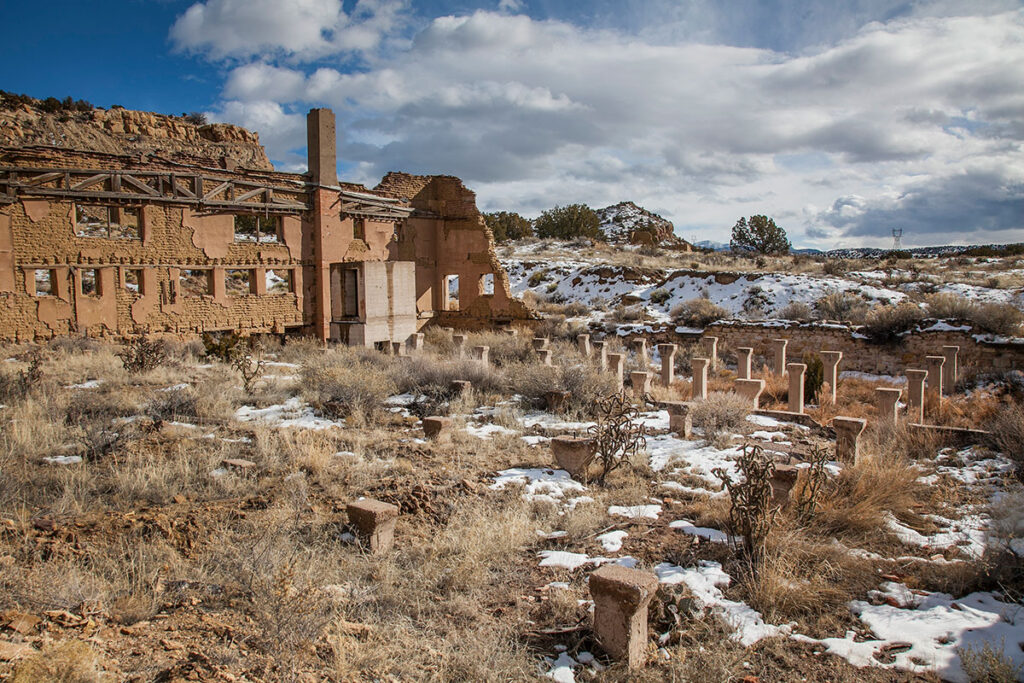
11. Conclusion: Unveiling the Richness of Mexico’s Historic Mining Towns
Mexico’s historic mining towns are a testament to the country’s rich cultural heritage and economic history. Each town holds unique stories and architectural treasures, offering visitors a chance to journey into the past. From the silver heart of Potosi to the hidden gem of Batopilas, these towns invite you to explore and experience Mexico’s vibrant mining legacy. By preserving and exploring these towns, we can gain a deeper understanding of Mexico’s identity and appreciate the immense contributions of miners throughout history. So embark on a journey into the past and uncover the richness of Mexico’s historic mining towns.
